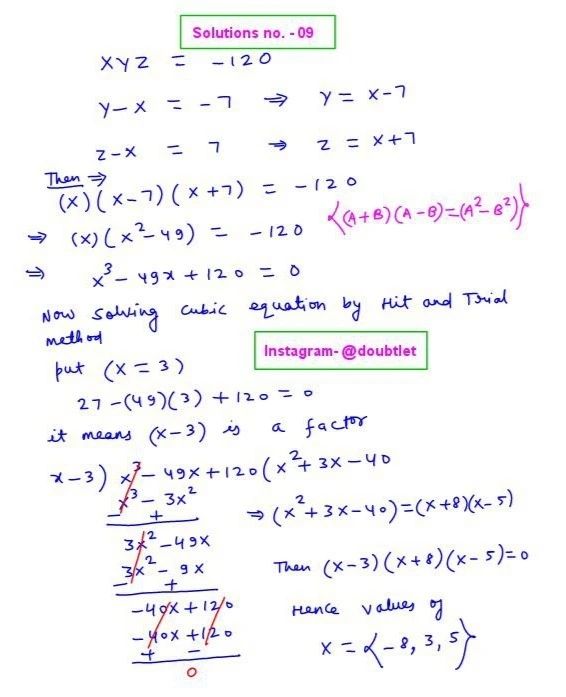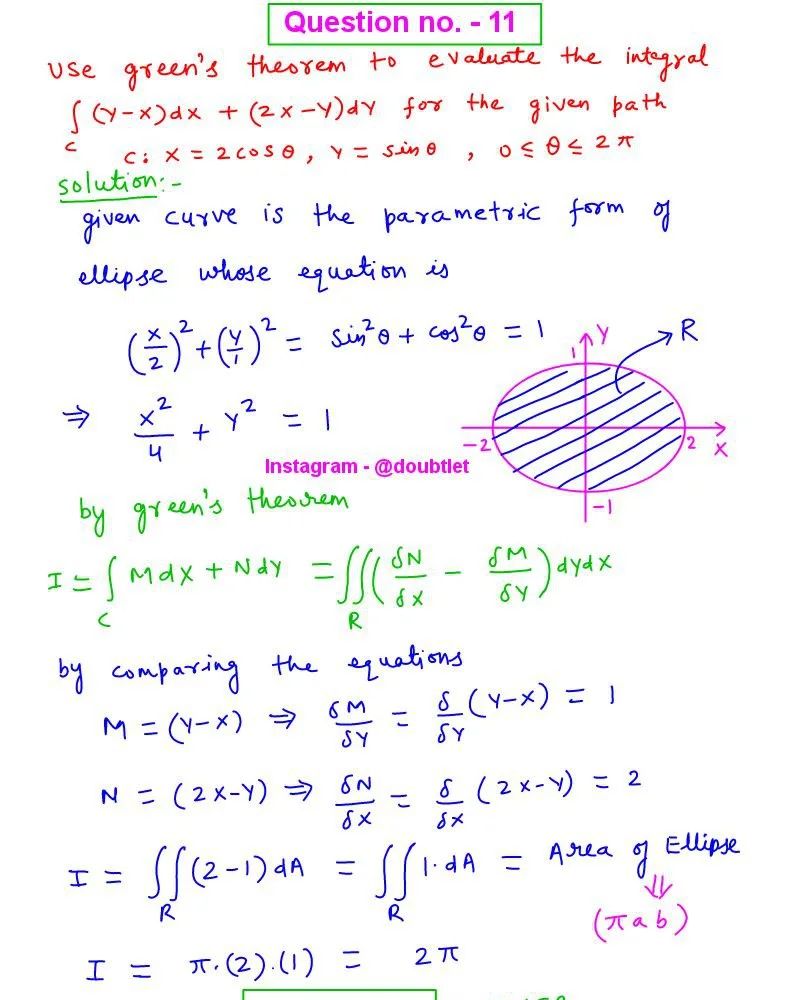









Direction cosines of a Vector Calculator
This calculator will help you to find the direction cosines of a Vector A = ai+bj+ck with steps shown.Related Calculator:Plane equation through three Points Calculator
Loading...
Loading...
Loading...
Distance of a point from a Line
Distance of a point from a Plane
Angle between line and Plane
Angle between two Planes
Normal to the Plane passing through the three points
Equation of a Plane through a Point & a Normal Vector
- 1. Introduction to the Direction Cosines of a Vector
- 2. What is the Formulae used ?
- 3. How do I calculate the Direction Cosines of a Vector?
- 4. Why choose our Direction Cosines of a Vector Calculator?
- 5. A Video for explaining this concept
- 6. How to use this calculator ?
- 7. Solved Examples
- 8. Frequently Asked Questions (FAQs)
- 9. What are the real-life applications?
- 10. Conclusion
1. Introduction to the Direction Cosines of a Vector
Welcome to the world of vectors, where direction holds the key to understanding motion and geometry. In this blog, we'll embark on a journey to unravel the concept of direction cosines—the numerical counterparts that reveal the orientation of a vector in three-dimensional space. Whether you're a student venturing into vectors or someone fascinated by the dynamics of spatial relationships, let's break down the language of direction cosines in simple terms.
Direction cosines are the cosines of the angles between a vector and each of the coordinate axes (x, y, z) in three-dimensional space. These cosines provide a quantitative measure of how a vector aligns with the axes, offering valuable insights into its orientation.
2. What is the Formulae used?
The direction cosines for a vector = ai + bj + ck are given by (l, m ,n) such that
, , .
3. How do I calculate the Direction Cosines of a Vector?
Identify the components of the vector as a, b, and c.
Use the above formula to calculate the direction cosines.
Verify that the sum of the squares of the direction cosines is equal to 1 i.e.
Use any of the 1 given point and normal vector to obtain the equation of plane.
4. Why choose our Direction Cosines of a Vector Calculator?
Our calculator page provides a user-friendly interface that makes it accessible to both students and professionals. You can quickly input your square matrix and obtain the matrix of minors within a fraction of a second.
Our calculator saves you valuable time and effort. You no longer need to manually calculate each cofactor, making complex matrix operations more efficient.
Our calculator ensures accurate results by performing calculations based on established mathematical formulas and algorithms. It eliminates the possibility of human error associated with manual calculations.
Our calculator can handle all input values like integers, fractions, or any real number.
Alongside this calculator, our website offers additional calculators related to Pre-algebra, Algebra, Precalculus, Calculus, Coordinate geometry, Linear algebra, Chemistry, Physics, and various algebraic operations. These calculators can further enhance your understanding and proficiency.
5. A video based on the concept of how to find the Direction Cosines of a Vector.
6. How to use this calculator
This calculator will help you to find the Direction Cosines of a Vector.
In the given input boxes you have to put the value of the components of the vector A.
After clicking on the Calculate button, a step-by-step solution will be displayed on the screen.
You can access, download, and share the solution.
7. Solved Examples
Find the direction cosines of the given vector A (2, -1, 4).
l = =
m = =
n = =
8. Frequently Asked Questions (FAQs)
What if the vector is a zero vector?
Direction cosines are undefined for a zero vector.
Can direction cosines be negative?
Yes, direction cosines can be positive or negative depending on the orientation of the vector.
Is there an alternative way to find direction cosines?
While there are alternative methods, the formula mentioned is straightforward and widely used.
Can direction cosines be greater than 1?
No, direction cosines are bound by the range [-1, 1].
How are direction cosines used in physics?
Direction cosines are crucial in physics for analyzing forces and motion, especially in three-dimensional space.
9. What are the real-life applications?
Understanding direction cosines is vital in physics and engineering for analyzing forces and motion in three-dimensional structures, such as bridges and buildings.
10. Conclusion
Mastering the concept of direction cosines allows us to speak the language of vectors and understand their orientation in three-dimensional space. From physics to engineering, these cosines serve as guides in unraveling the complexities of motion and forces. So, the next time you encounter a vector, remember, that its direction cosines are the key to navigating through the spatial dimensions of our world!
This blog is written by Neetesh Kumar
If you have any suggestions regarding the improvement of the content of this page, please write to me at My Official Email Address: doubt@doubtlet.com
Are you Stuck on homework, assignments, projects, quizzes, labs, midterms, or exams?
To get connected to our tutors in real time. Sign up and get registered with us.
Comments(0)













Leave a comment